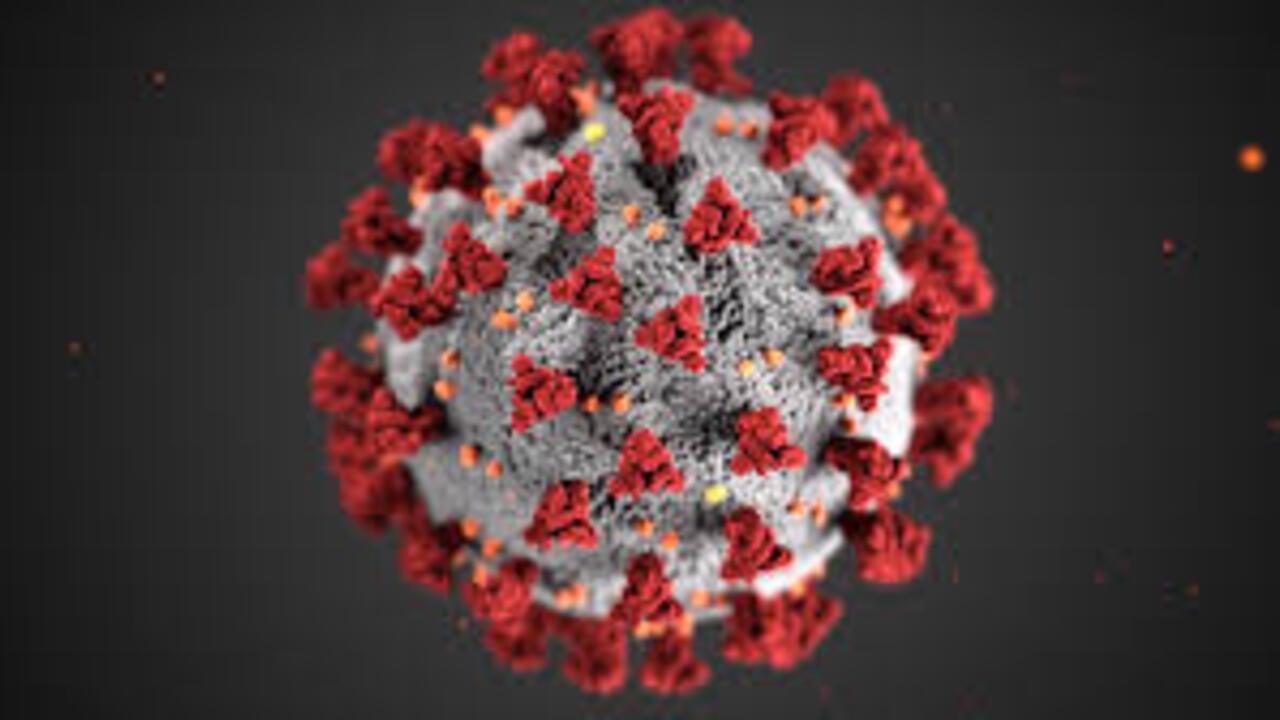
Q and A with the experts: an update on what we know about the virus
What we know about COVID-19 seems to change daily.
We asked Professor Narveen Jandu, an expert in microbiology, to give us an update on the science of the virus.

What we know about COVID-19 seems to change daily.
We asked Professor Narveen Jandu, an expert in microbiology, to give us an update on the science of the virus.
By Media RelationsWhat is our current understanding of how the virus spreads?
The transmission of COVID-19 is predominantly spread through respiratory droplets from infected individuals and can be referred to as person-to-person transmission. This type of transmission is predominantly from direct contact with respiratory droplets from infected individuals during coughing, sneezing, talking, laughing or singing in close proximity others.
There are concerns about aerosol transmission, but in most situations, this type of transmission has taken place in crowded settings. Originally, there were concerns that fomite transmission (contracting the virus from inanimate objects contaminated with the virus) was a potential way in which the virus was spreading in the community, but it appears that most cases of infection are from exposure to the respiratory droplets of infected individuals.
What are the symptoms of COVID-19 and what fraction of people who have it do not show symptoms?
Most individuals that are infected will experience generic symptoms that are mild or moderate. COVID-19 infection often appears as a fever, dry cough and/or body aches, pains, general malaise and tiredness, and in some cases, there is a loss of smell or taste. Individuals will experience varying combinations of these symptoms. The duration and severity will also vary from person-to-person, as this depends on the age of the individual, the underlying health of the individual and viral load (how much of the virus has entered an individual’s system). Most cases of infection (80 percent) will be mildly symptomatic or asymptomatic. The remaining 15 percent of cases will experience severe symptomology, and 5 percent will become critical.
What is the damage that can be caused to the body by the virus?
In the small percentage of cases in which symptoms are more robust, severe and/or critical, viral replication and physiological damage can go beyond the respiratory tract. Typically, and in the majority of cases, coronavirus replicates in the respiratory tract, which results in the most common symptoms (outlined above). Within the respiratory tract, some individuals may develop pneumonia. In the most severe cases of infection, the virus could cause physiological issues in other body systems, most notably the cardiovascular system.
The University of Waterloo has a number of experts available for comment on various aspects of the COVID-19 pandemic, click here to see the up-to-date list.

Read more
From developing artificial pancreatic devices to advancing research on the respiratory system and more, Waterloo researchers continue to lead breakthrough projects

Read more
Findings from a new review strengthen the warnings of a global ecological and relational crisis

Read more
Waterloo announces winners of annual award for co-op students from each of the six faculties
The University of Waterloo acknowledges that much of our work takes place on the traditional territory of the Neutral, Anishinaabeg and Haudenosaunee peoples. Our main campus is situated on the Haldimand Tract, the land granted to the Six Nations that includes six miles on each side of the Grand River. Our active work toward reconciliation takes place across our campuses through research, learning, teaching, and community building, and is co-ordinated within the Office of Indigenous Relations.